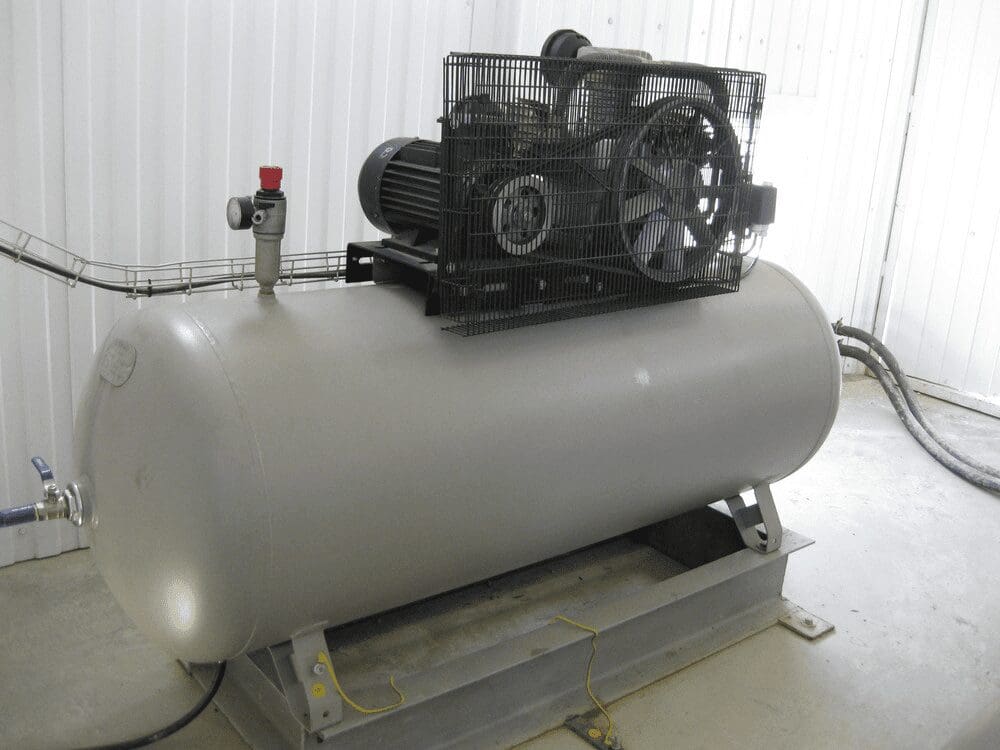
Septic tanks play a crucial role in managing household wastewater, especially in areas where centralized sewer systems are not available. For homeowners, understanding how these systems function is essential to ensure they operate efficiently and without issues. Without proper septic tank maintenance, issues can arise and even cause damage to your home. This article explores significant facts and tips that every homeowner needs to be aware of when it comes to managing and maintaining their septic tank systems.
Understanding Septic Tank Basics
Septic tanks are designed to handle large volumes of waste, and their capacity can significantly impact efficiency. Standard septic tanks can hold up to 1,000 gallons of waste, making them suitable for most residential homes. However, the choice of tank size should be influenced by the size of your household and the expected wastewater output.
When designing your septic system, it is important to consider not only current but also future needs. For instance, a growing family might find their septic system becoming inadequate if it’s undersized. This can lead to higher maintenance costs and increased frequency of pumping, highlighting the importance of choosing the right capacity from the outset.
Additionally, overloading a septic system can lead to failures that might require costly repairs. It’s crucial for homeowners to monitor water usage and avoid overloading the system. Installing water-saving appliances can also help reduce the load on the septic system, prolonging its lifespan and efficiency.
Implementing Septic System Replacements
Despite regular maintenance, septic systems eventually reach the end of their operational life and need replacement. Annually, more than 120,000 septic systems are replaced, underscoring the importance of proper maintenance and planning. Replacement can be a significant investment, a factor that homeowners should plan for in advance.
Encountering frequent issues such as backups or slow drainage could be signs that a septic system needs replacement. While regular inspections and maintenance can extend the life of a system, understanding its natural lifespan is essential for timely replacements. This proactive approach can prevent severe disruption to your home life.
Factors such as soil conditions, initial installation quality, and usage patterns all influence how long a septic system will last. Homeowners living in regions with particularly challenging soil types, like clay or rocky soil, should be especially vigilant about system health. A tailored maintenance plan based on the specific conditions of the property can be highly beneficial.
Optimizing Septic Tank Maintenance
Regular maintenance is the cornerstone of a healthy septic system. Forbes suggests that septic tanks should be pumped out every 2 to 5 years to prevent the accumulation of sludge and prevent failure. The frequency of this maintenance depends heavily on the size of the tank and the home’s water usage patterns.
Proper maintenance not only involves pumping but also regular inspections by qualified professionals. These inspections can identify potential problems early, saving homeowners from costly repairs. An effective maintenance plan can extend the life of the septic system, ensuring it remains efficient and safe.
Homeowners should be cautious about what goes down the drain as certain substances can harm the septic system. Chemicals, non-biodegradable items, and excessive amounts of water can lead to system overloads or failures. Educating all members of the household about proper septic care is vital to ensure everyone’s contributions keep the system running smoothly.
Every homeowner with a septic tank must understand its workings to take the right preventative measures. This knowledge helps prevent issues, maximizes system lifespan, and saves money in the long run. With the right care and attention, your septic system can continue to function effectively, ensuring that your home remains a place of comfort and safety.
